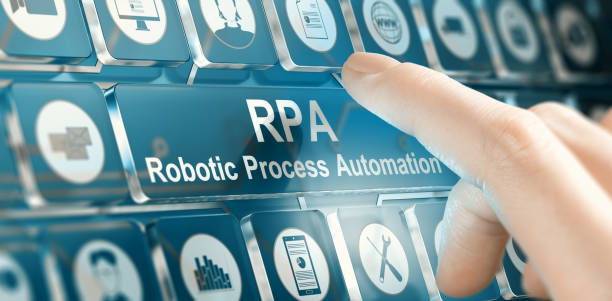The three big challenges for all global business corporations today are protectionism, digital transformation and automation. How the forces of protectionism play out will be determined by the rigor and scope of visa restrictions that are already in play in the USA, Europe Singapore and parts of the Arab world and digital transformation is a catharsis that most companies are addressing, some with positive “winner takes all” enthusiasm and others with trepidation, wondering if they can catch up with the leaders. But what is most nerve wracking, not just for firm level strategists but also for industry associations and Governments seeking to protect and boost jobs is the rapid advance in Artificial Intelligence and automation – through robotics and shop floor automation in manufacturing and through Robotic Process Automation (RPA) in the automation of knowledge processes.
Most services organizations, ranging from Government to Financial Services to IT Services and Business Process Management have many functions where there are a large number of repetitive transactions. RPA has the power to save time and money and also minimize the cost of rework and inaccuracies by automating and enhancing the efficiency of these transactions on a large scale. It may not be an exaggeration to say that in the next three years, in India itself a possible million jobs or more are at risk and planners will have to work at redeployment to higher value adding work to avoid a potential jobs crisis.
The Institute for Robotic Process Automation and Artificial Intelligence has defined RPA as the application of technology that allows employees in a company to configure computer software or a “robot” to capture and interpret existing applications for processing a transaction, manipulating data, triggering responses and communicating with other digital systems. “Just as industrial robots are remaking the manufacturing industry by creating higher production rates and improved quality, RPA “robots” are revolutionizing the way we think about and administer business processes, IT support processes, workflow processes, remote infrastructure and back-office work” says the institute.
A classic example of RPA lies in the way Robotic Advisory services will work in the near future. A scenario built by a research group at McKinsey & Co compares the present cumbersome process to what it could become. The Regional Manager of the Investment Advisory firms most of us deal with typically gets investment ideas from the CIO and defines an investment opportunity that fits the client’s appetite. After trying to call, he sends a recommendation mail or in some places further obsessed with security, sends a formal letter. The letter is ignored for a few days and after some gentle prods, the client calls or mails back with some specific tax queries. After a few more days of internal consultations at the advisory firm, the client and consultant finally confer to take a “Go-No Go” call on the investment idea. With Robotic Advisory, the artificial intelligence and deep learning systems will have the ability to automatically identify the investment opportunity and push it to the smart phone of the client. The client is provided a graphical representation of the impact this investment could have on his portfolio, which piques his interest enough to do a call with a robotic advisor to resolve tax queries. In an exceptional situation, the call could be routed through an Uber-like Expert finding protocol for a quick chat with the nearest available expert anywhere in the world and the decision could be arrived at within ten minutes of initiating the transaction compared to ten days or more in the traditional case. Imagine the efficiency benefits but also give a thought to the number of people who could be replaced!
RPA is fast beginning to find application across a variety of applications in financial services, claims processing in insurance, a whole raft of Government to Citizen interfaces and the entire area of Information Technology support and management services. Automated management of IT infrastructure enables faster process throughput and order of magnitude improvement in the efficiency of service desk operations with self-service becoming the norm rather than the exception. Automation software at the presentation layer provides an attractive user interface that mimics and enhances the rules of erstwhile human interface processes without compromising the existing IT architecture. RPA enables all functionality to be replicated and in some cases enhanced with unlimited capacity to meet variable demand. RPA will expedite back-office tasks in finance, procurement, supply chain management, accounting, customer service and human resources, including data entry, purchase order issuance and all interfaces and better user experiences that demand simultaneous access to large data lakes and multiple contiguous information systems built by the organization.
To take a final example from the HR and learning space, the IT sector is now engaged with the agenda to re-train two million managers and new entrants in multiple skill streams needed for the new digital world. Since the scale will be beyond the capabilities of traditional training departments, RPA solutions will have to be employed to gauge aptitude, build a learning path and crawl through the multiple content sources available on the internet to stack up learning modules chosen to fit the interest area and learning style of each individual.
Robotic Process Automation is here today and expanding fast. How we leverage the benefits will determine the winners and also-rans of the new digital era for corporations and Governments.
Photo credits : iStock.
